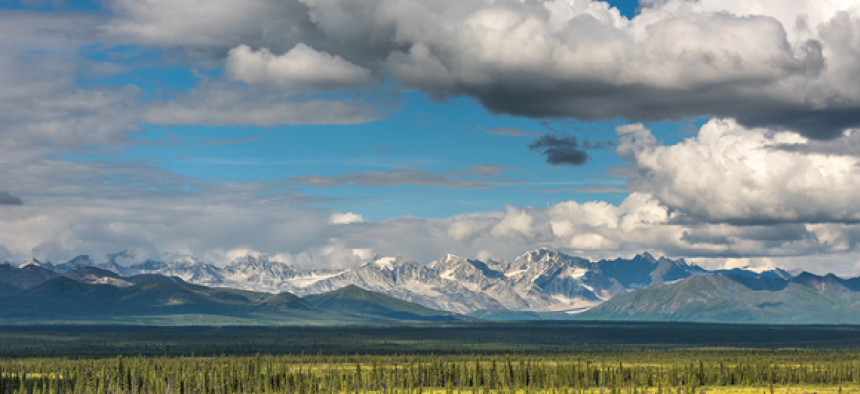Building out Alaska's broadband infrastructure

The state’s geography, sparse population and harsh weather make fiber the preferred choice for middle-mile connections, according to a new report from the governor’s broadband task force.
A new report on broadband access from Alaska Gov. Mike Dunleavy’s Broadband Task Force looks to fiber as the best solution for the state’s middle-mile connections, while recommending a broader array of options for last-mile solutions.
With regard to middle-mile technologies, the task force considers fiber to be the gold standard, citing “its unparalleled bandwidth, latency, upgradeability and reliability.” The report explains that this “future-proof” technology offers symmetrical speeds, enabling better real-time application performance and video communication for healthcare personnel. This solution also has the lowest operational and maintenance costs over time.
For instances where fiber is not viable, the report suggests microwave wireless installations, which typically require a cell tower and other equipment. Although it has higher capacity than a satellite connection and requires fewer permits compared to fiber solutions, microwave wireless is expensive to operate, and its capacity can diminish as the distance between towers increases. Additionally, the harsh winter weather conditions in rural Alaska can complicate signal transmission, the task force said.
The report’s recommendations for last-mile solutions were more diverse. Fiber-to-the-premises offers higher capacity and can be deployed incrementally, which gives individual communities a significant advantage. Digital Subscriber Line technology sends traffic over legacy copper telephone lines. DSL upload speeds are limited, but it can be a good stopgap measure as the state builds out broadband capability. Coaxial cable is best suited to communities with many subscribers, though performance can suffer due to network congestion. Fixed wireless can be quickly deployed, but it is subject to spectrum issues and line-of-sight requirements. Low-Earth orbiting satellites may offer an option to microwave wireless once LEO constellations are fully operational over Alaska, the report said.
The state remains focused on its long-term goal of bridging the digital divide, but it is also actively planning to bolster access for federal, state and local public safety and emergency services. Ideally, expanding current capabilities will also improve Alaska’s disaster preparedness and post-disaster recovery for broadband infrastructure. The public safety network planning is expected to be coordinated with the FirstNet, in addition to state and local providers.
The report also warned of rising cybersecurity threats to broadband infrastructure and the importance of recovery options in the event of a breach or disaster impacting the network.
The 101-page report also features recommendations for policy makers, a discussion of investment and deployment challenges and a buildout plan, along with a proposal for a state broadband office.
Read the full report here.





